How to Prune an Arborvitae That’s Too Tall or Wide
They don’t grow like other plants, so make your cuts judiciously
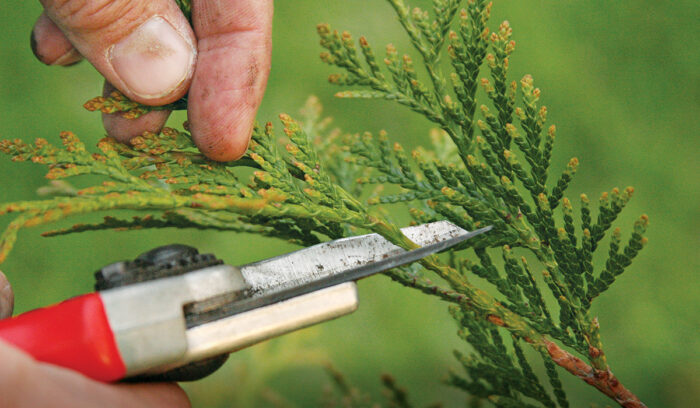
Arborvitaes (Thuja spp. and cvs., Zones 3–11) are a familiar staple in American gardens. Cultivars of Eastern arborvitae (T. occidentalis, Zones 3–7), Oriental arborvitae (T. orientalis, Zones 6–11), and giant Western arborvitae (T. plicata, Zones 5–8) abound in a range of sizes, shapes, and foliage colors. The very nature of these distinct forms can confound many gardeners: how to prune—or not prune? Success lies in a few simple tactics tailored to this plant group that will make all the difference between looking at lovely plants and looking for replacements.
These evergreens have attractive, scalelike leaves arranged in small sprays. The foliage tends to thin out under shadier conditions, including inside the canopy on compact cultivars. Like most conifers, arborvitaes will not produce new growth on older bare stems, so they don’t tolerate renovation or hard pruning. Cut into the brown, and it will stay that way.
To maintain plant health, don’t remove any more than one-third of the live foliage area per growing season. Optimal timing is just before a flush of new growth in late spring or early summer, but the odd errant or broken branch can be dealt with any time of year. See more in Avoid These Arborvitae Pruning Pitfalls.
Limit your pruning to two basic types of cuts
1. A reduction cut shortens the overall length of a branch by cutting back to a sturdy side branch.
2. A removal cut eliminates a branch altogether.
Three good reasons to prune
Arborvitaes generally don’t need much pruning, but here are a few times you need to get out your Felcos.
1. It has gotten too tall
It is often possible to reduce the height of the leader. It is wisest to shorten it by no more than a third; going back by half or more is too drastic and potentially harmful. Use a reduction cut several inches below the tips of some of the remaining branches to mask the cut and preserve a natural profile. The tallest remaining branch will become the new leader.
2. It gets “wild hairs” where branches stick out from the sides
If it won’t leave a huge gap, eliminate the errant branch back at the trunk using a removal cut. In some cases a branch sticks out from the tree’s tidy profile because it has bent from too much weight. Shortening the length of a bent branch with a reduction cut might allow it to spring back up when the end weight is gone so that it will blend in better with the tree’s profile.
3. It has gotten too wide
This can be a tough one, especially if the plants have really spread out by the time you think about pruning them. In some situations, gardeners may find shearing offers good results. However, the plant is likely to take on a wider profile over subsequent years of shearing. Selective pruning may help. Locate the longest shoot tips, follow those stems to the inside of the canopy, then make a reduction or removal cut. The remaining shorter branch tips will define a smaller profile. This method also lets a bit more light to the inside, keeping a deeper margin of green with more options for future pruning than occurs with shearing. This approach works best when done well before the shrubs have gotten out of hand. It can be too tedious for large specimens or expansive screens.
Christina Pfeiffer lectures widely on various pruning topics and is the co-author of Month-by-Month Gardening in the Pacific Northwest.
Illustrations: Elara Tanguy
Fine Gardening Recommended Products
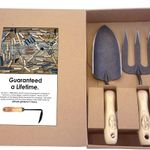
Dewit 3-Piece Tool Gift Set with 3-Tine Cultivator, Forged Trowel and Forged Hand Fork
Fine Gardening receives a commission for items purchased through links on this site, including Amazon Associates and other affiliate advertising programs.

SHOWA Atlas 370B Nitrile Palm Coating Gloves, Black, Medium (Pack of 12 Pairs)
Fine Gardening receives a commission for items purchased through links on this site, including Amazon Associates and other affiliate advertising programs.
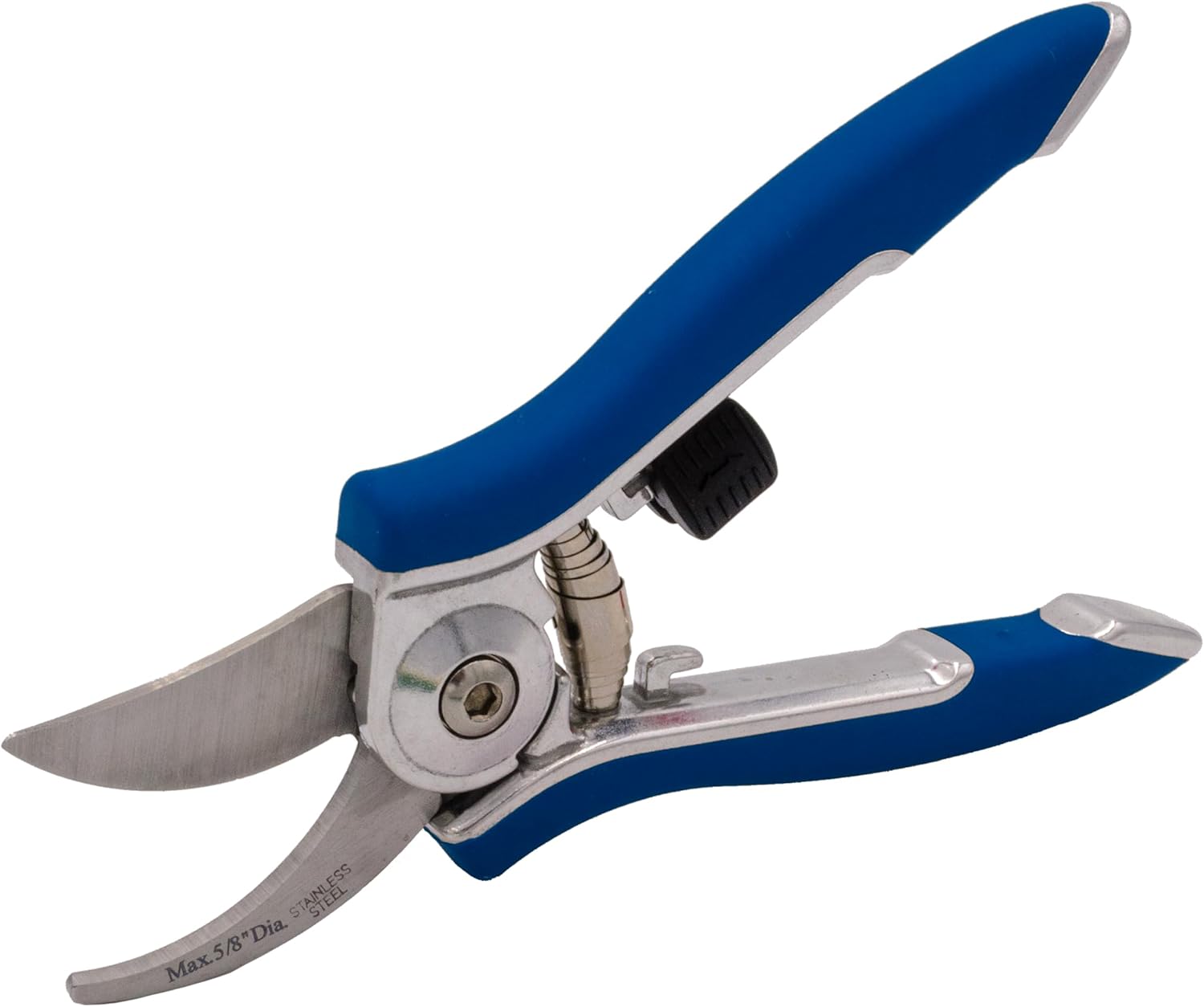
Dramm Bypass Pruner, Cut up to 5/8-inch in diameter, Stainless Steel Blade, Blue
Fine Gardening receives a commission for items purchased through links on this site, including Amazon Associates and other affiliate advertising programs.


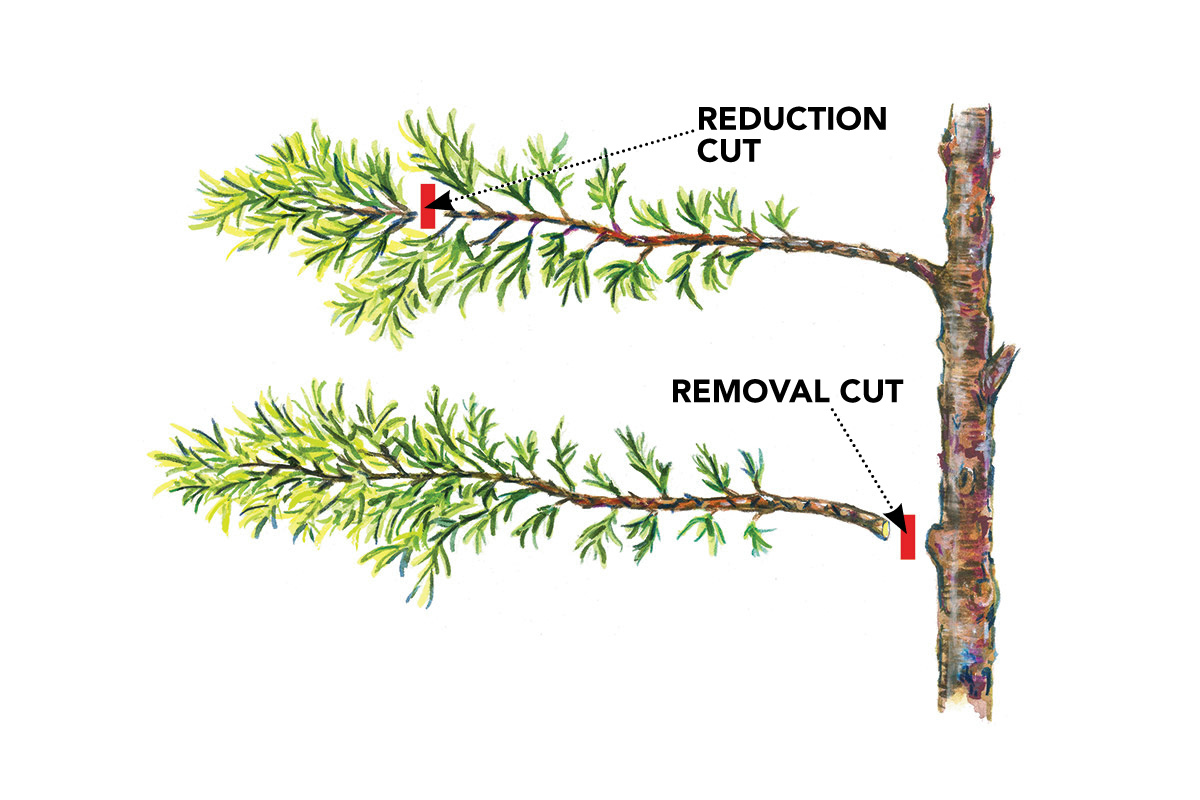
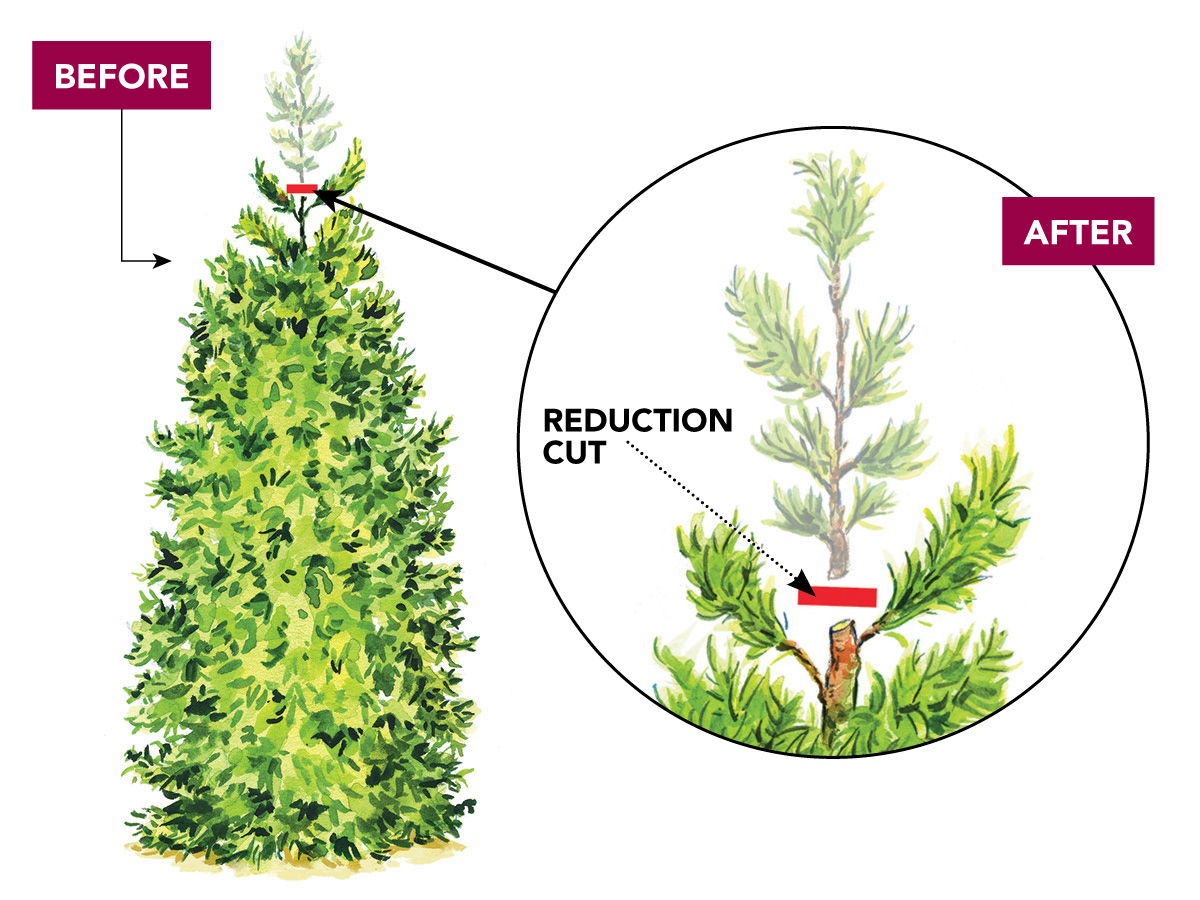
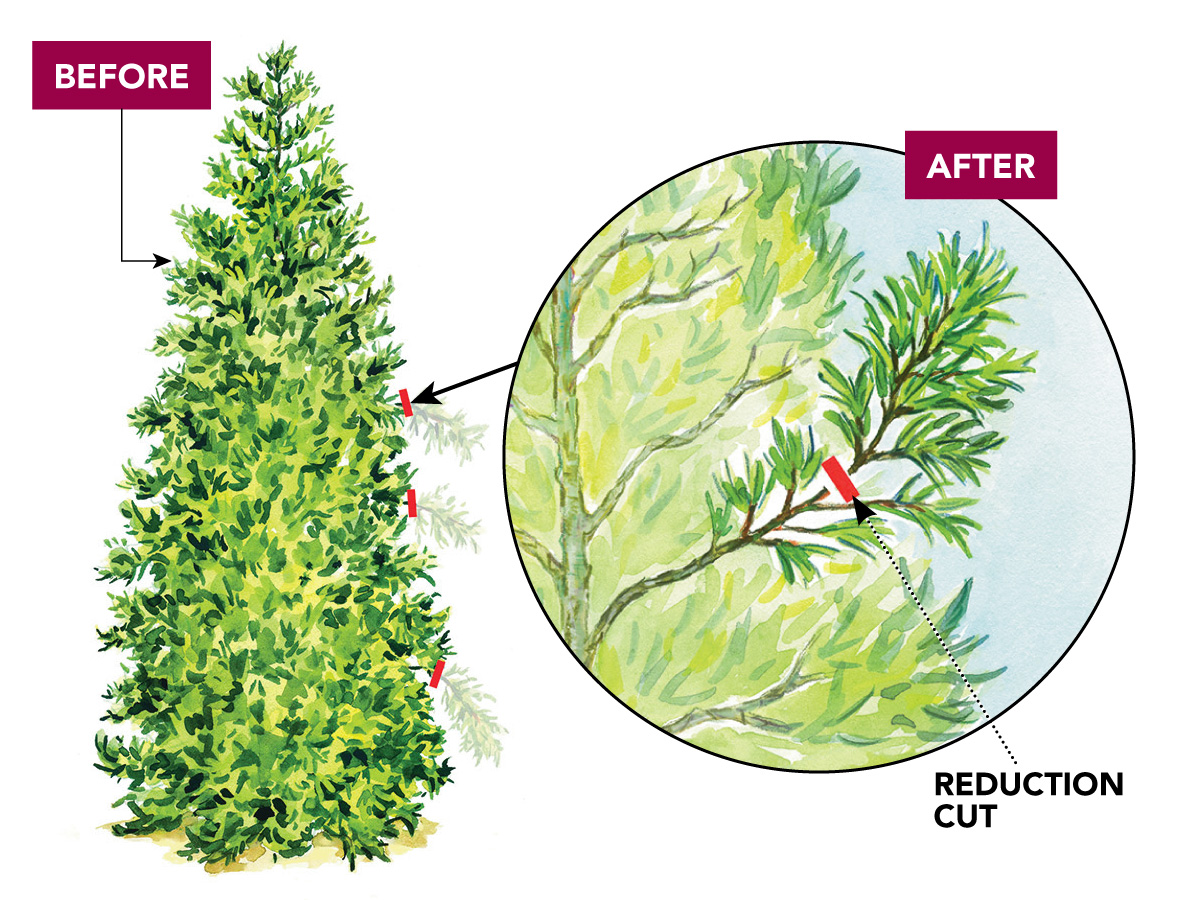





Comments
Log in or create an account to post a comment.
Sign up Log in